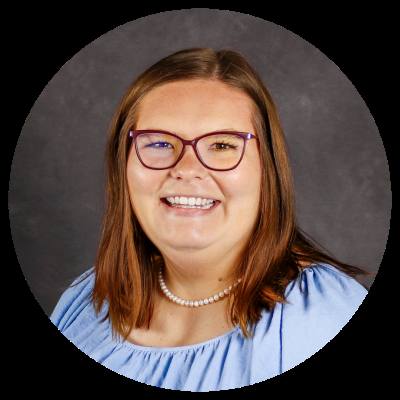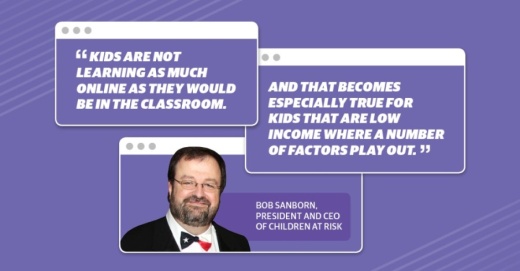Dr. Bob Sanborn, president and CEO of Houston-based nonprofit Children at Risk, said by and large, online learning is not on par with in-person face-to-face learning.
“Online education is just not up to snuff; it's just not where it needs to be for kids to be learning at the same levels,” Sanborn said. “That being said, you can’t send kids back to school if there’s a threat to their family and a threat to teachers.”
However, Sanborn said the challenges of online learning will not affect all students and families in the same ways.
“Kids are not learning as much online as they would be in the classroom,” Sanborn said. “And that becomes especially true for kids that are low-income where a number of factors play out.”
Sanborn said for low-income families, parents typically are not able to be as engaged in their children’s education, may be less able to help teach at home, and may not have the same access to technology or knowledge of how to use that technology.
Inequity in regard to online learning will also play out with affluent students participating in learning pods and receiving private tutoring that will put them ahead in terms of competing for spots at colleges, taking rigorous Advanced Placement tests and entering the workforce, Sanborn said.
“Those kids will be OK, but the vast majority of kids are not going to be a little behind them; they’re gonna be really behind them,” Sanborn said. “... There's going to be a lot of fallout that we just can't even predict right now.”
Sanborn said when schools went online in March, children stopped making academic progress. Now he said superintendents he talks to fear students may fall a year or two behind. And Sanborn said the threat of learning loss is particularly strong for the youngest students—those in pre-K through second grade—who are working on foundational skills.
“We already knew that when kids go through the summer, they fall substantially behind. So even three months in the summer, they're still six months behind because there's a lot of loss, a lot of forgetting—summer loss, summer lag,” Sanborn said. “And now with the pandemic, we feel like there's a big pandemic lag, pandemic loss.”
Sanborn said in order to improve online education, national and state leaders should work together to ensure students have access to the best virtual teachers, regardless of where they are located. Furthermore, he said more state guidance to online curriculum would have been helpful.
“In Texas, we have 1,000 school districts, and every single one of those school districts is almost working on their own to try to do online education or some sort of busy work to keep kids busy,” Sanborn said.
When looking ahead, Sanborn said it is possible an app or online platform emerges that masters remote education but said that has not happened yet.
“If we had all the answers to online education, there would have been, before this, a lot more online schools,” Sanborn said. “Really there are very few.”





